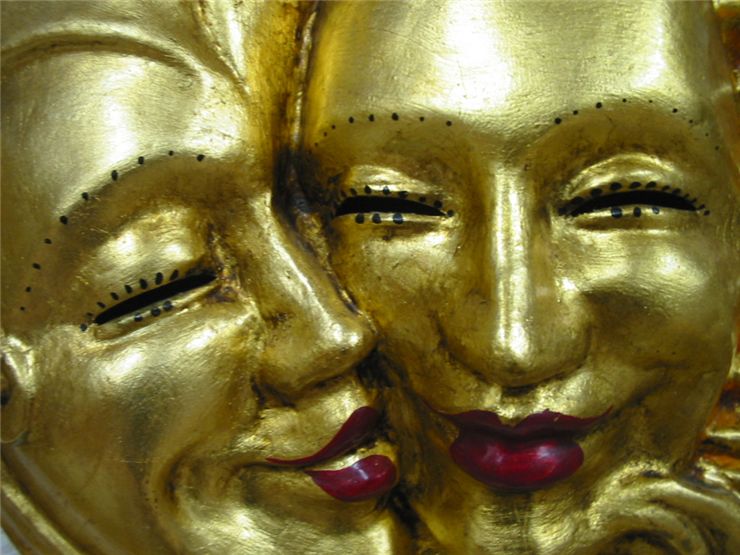Interesting Facts about Masks
- Ancient Greek’s masks that were used in theater had brass megaphones, where the mouth of mask is, to amplify what actors are talking.
- Duk-duk and tubuan masks of New Guinea were used to intimidate other members of the tribe and enforce social codes.
- “Moretta muta”, an oval mask that women wear for Carnival in Venice has no straps to be fastened to the head. Instead, it has a button on the inner side that is held in the mouth and with that mask is held to the face.
- A star of Topeng dance from Indonesia can have 30 to 40 masks that are for his use only. No one else can use those masks because it is believed that it will offend spirits that reside in them. When Topang dancer dies, masks that he used are never moved from the place where they were at the moment of his death.
- Famous “Medico della peste”, mask of Carnival in Venice is not a traditional mask used in carnival. It was introduced in the 20th century when the carnival was brought back after it was banned.

- Ancient Egyptian death masks were made so the soul can recognize the body as well as help the deceased to be accepted by other divine immortals in the afterlife.
- In Chinese opera all masks are color coded and every color describes personality of the character that mask represents. That way audience get better and faster picture about characters and their relationships.
- In African tribes, mask wearing is reserved mostly for men. Even wearing of masks that represent female beauty.
- Japanese theater Noh masks are made with such a skill that they can convey different emotions with expressions depending on angle in which mask is seen or on the light that falls on the mask -without moving parts.
- After the end of Topeng dance, custom is that one of the jesters, that did storytelling, must rush into the crow, grab a child and take it behind the curtain. There, a child would be given candies to share with his friends.
- In Korea, mask dances were methods of entertainment but also an opportunity for satire and social commentary.
- In wars and fights, masks were not only for protecting the face but also, if made for that purpose, methods of intimidating the enemy. That method is still used for some protective masks in some sports like hockey.
- Masks were also used as methods of punishment or shaming as a punishment.
